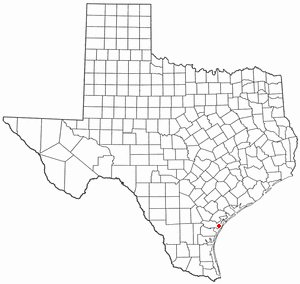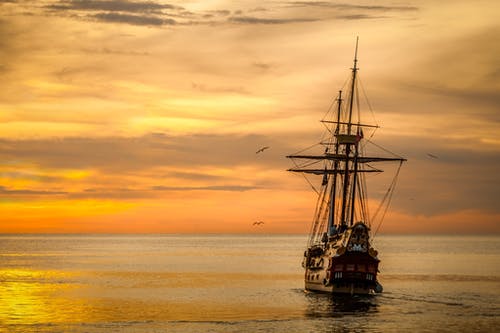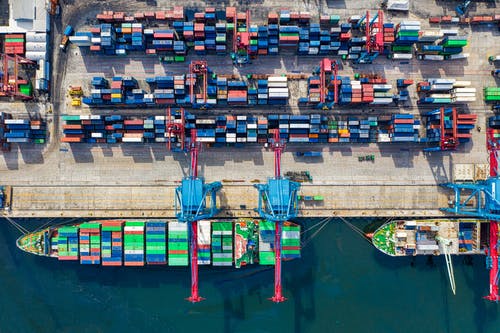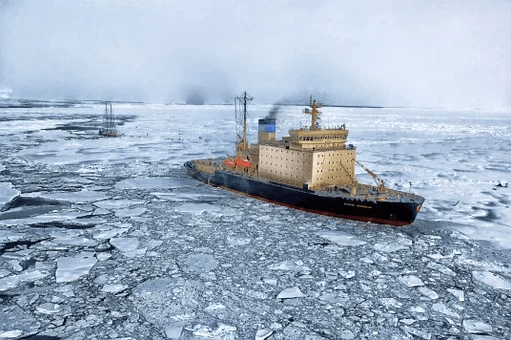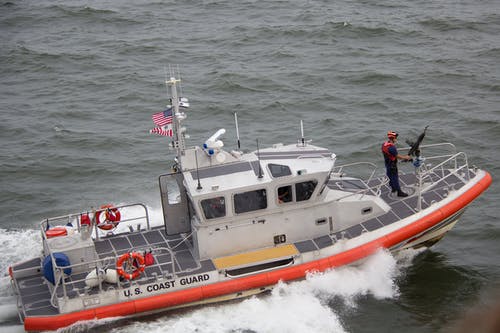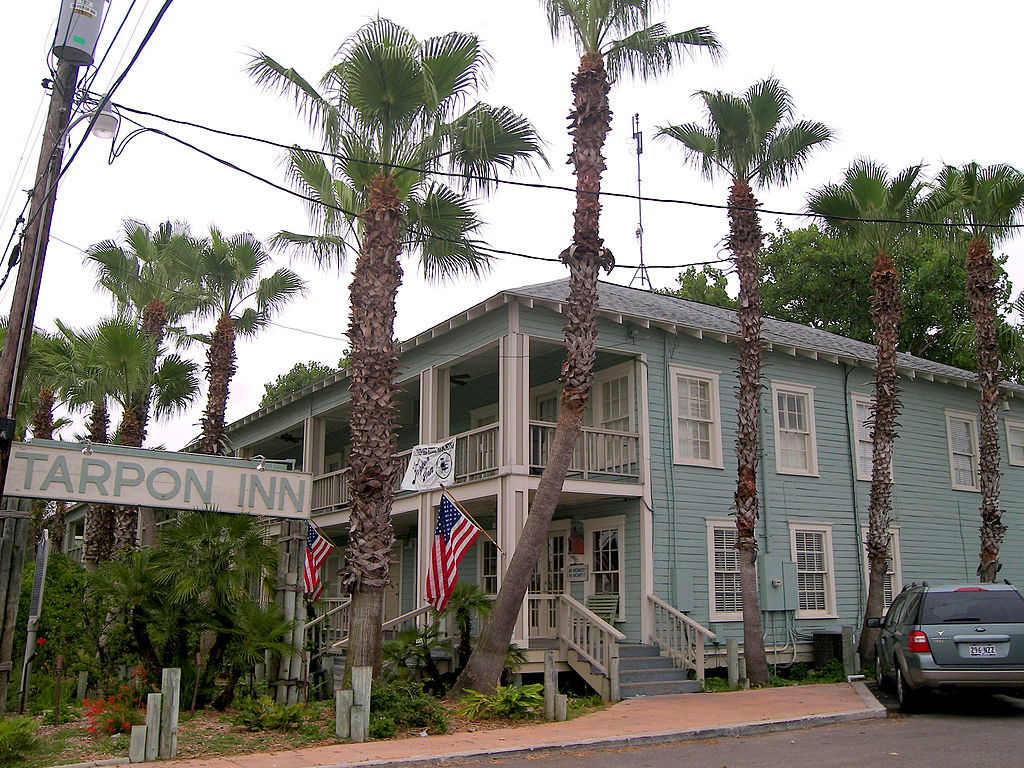If you’re on the lookout for a short vacation in a place with some camping, fishing, surfing, and swimming opportunities, Port Aransas might have come up in your search. After World War II ended, this particular region has quickly grown to become a resort for people with such interests. And we can’t forget to mention that Port Aransas is in Texas which is one of the fastest growing and most popular states in the union.
When you visit Port Aransas, you’ll have access to public beaches and a fairly peaceful environment. It’s located around 180 miles southeast from San Antonio. It’s on the very tip of Mustang Island and is one of the few established places in that area. While the resident population is quite small, there might be some tourists around to make things livelier.
While Port Aransas might be modernized now, there’s a rich history behind it. In particular, history buffs might be interested in how the place developed over the years. The existence and history of Port Aransas can actually be traced back to more than a 100 years in the past. It might be one of the top historic places to visit in the United States, so let’s now have a discussion of some highlights that define this place:
The First Residents
It’s believed that Port Aransas and Mustang Island were first inhabited by the Karankawa Indians. These indigenous people lived mostly in what is now known as Southern Texas, along the Gulf of Mexico coast. Their concentrations were mostly in the Brazos River and Colorado River valleys. The name ‘Karankawa’ is actually applied to several mosaic groups that were independent of each other. However, they did speak a similar language to each other and even shared most of the cultural aspects of their lives.
In the region where Port Aransas is now, the Karankawa are believed to have led their nomadic lives. They would migrate from mainland to coast, their exact location depending on the season and their needs.
The Arrival of the Europeans
A Spanish explorer by the name of Alonzo Álvarez de Pineda entered the region in 1519. He passed through two of the outlying islands and entered a large bay. Since the day of his entrance was the Corpus Christi Feast Day, Pineda also called the bay after the same name. To this day, it’s known as the Corpus Christi bay.
If we want to celebrate a feast day in this region today, there are several options like the open-air restaurant known as Virginia’s on the Bay Port Aransas. The Virginia’s on the Bay menu is mostly seafood, but there are other choices available as well.
In 1534 and later years, other Europeans such as Cabeza de Vaca and Jean La Fite (along with their companions and buccaneers respectively) entered the region of Port Aransas. De Vaca was shipwrecked along the coastline while trying to reach Mexico and paddled around Aransas Pass in a canoe. La Fite was rumored to have spent quite some time on the islands in this region, including Mustang Island in the early 1800s.
There’s also a legend about a Spanish dagger hidden on Mustang Island someplace. There’s supposed to be a silver spike inside the hilt, which is a sort of map showing the place where the pirate La Fitte buried a treasure chest containing jewels and gold.
More Commerce
Until the 1800s, the Aransas Pass was still a fairly natural one. However, it was fast attracting a lot more commerce as global travel and trade became common. In 1833, a map was made which officially noted the location of Port Aransas for the first time. However, the name first given to the place was Sand Point.
The pass itself was then called Aranzazu, later changed to Aransas. In the 1840s, the pass (now called the Corpus Christi Ship Channel) and the island were both utilized by merchants and immigrants as well as buccaneers and smugglers.
From 1846 to 1848, the Mexican War was going on. During that time, Mustang Island also had a small fort that guarded the Aransas bay entrance. This fort was used after this was as well, even after the Civil War.
The Start of Steamships
During the 1850s, there was a steamship service established between New Orleans and Port Aransas. With this route , the Congress of the United States was able to commission $12,500 for constructing the Aransas Pass lighthouse. Unfortunately, there was a lot of debate and haggling about the specifications of the lighthouse, which led to the process slowing down. There was another survey conducted, but in the meantime, the pass was slowly moving south. The phenomenon was due to the currents depositing sand on the north bank of the pass, which was also the north side of St. Joseph Island.
In 1855 in December, a ship transporting bricks for the lighthouse got stitched on the sand bar. While the whole crew was successfully rescued, both the ships and the bricks sank and were lost in the sea. The new bricks got to their destination in 1856, with the lantern room for the top following soon after. A fourth-order Fresnel lens also followed. Finally, the construction was complete in 1857 and the lens was able to guide ships at night the same year.
Life Saving Station
The U.S Lifesaving Station was built in 1878 by the United States Life-Saving Service. The station was built in Port Aransas and was meant to rescue or help any shipwrecked mariners. The station had full-time crews, especially during those times when shipwrecks were likely to happen.
The Life Saving Service was renamed the United States Coast guard in 1915. John G. Mercer was the keeper in charge of the station located on Mustang Island. He also served as a local bar pilot.
Deactivation of the Lighthouse
The lighthouse, which was known as the Lydia Ann Channel Lighthouse, was deactivated after the channel shifted in a major way. This shift meant that the station was a whole mile from the entrance of the channel. The deactivation of the lighthouse occurred in 1952, which meant that it had been in service for almost a hundred years.
The same year, there was a new light established for marking the Aransas Pass in a better manner than the lighthouse.
Early Settlement
John Mercer’s brother, Robert A. Mercer, was the first one to permanently settle on Mustang Island. He founded El Mar Rancho with his family in 1855. Mercer, along with three children and a wife, raised livestock such as sheep and cattle. He also managed the Mercer Docks and even founded the first-ever general store in the area.
During the Civil War, Union forces took control of Mustang Island. Many of the residential families then then moved to St. Joseph Island and returned after the war came to an end.
In the 1870s decade, it’s recorded that Mustang Island had around 300 residents. The families there saw the need for having local education for their children. A one-room school was constructed within a period of two weeks. Its first teacher was hired at a monthly salary of $10.
The Mustang Island town was named Ropesville at the start of the 1890s. However, the name was soon changed to Tarpon in 196. The population was still small, only around 250. The citizens of the town began calling it Port Aransas in 1910 or thereabouts.
In 1919, a massive storm hit the region and almost destroyed the town. Everything other than a few sturdy structures was wiped out.
A Developing Community
Mustang Island also went through some name changes. It was initially dubbed the Wild Horse Island due to its population of Mestenos wild horses. The name of this species gave rise to the name Mustang. The Mestenos horses were brought by the Spaniards to the region during the 1800s.
After the name ‘Sand Point’, the town was also named Star and The Pass as well as the names mentioned above. Finally, the name ‘Port Aransas’ was given and is still used today. Below are a few interesting points about this region:
- The Tarpon Inn was built during the 1880s and was soon a center for recreational fishing. It went through a lot of reconstruction and survived no less than 5 hurricanes in the 1942 to 1970 period. Now, this building has a listing on the United States Historical Registry.
- This region also has the University of Texas Marine Science, and internationally recognized institution. The facility was established in 1941 and was the first permanent facility in Texas for surfing science and ocean life.
- Port Aransas was the 12th latest port for oil shipping in the nation during the 1940s. In the Second World War, oil was a vital resource and protection by troops, gun emplacements, and dog patrols.
- There are over 35 fishing tournaments in the region, which also sees America’s largest sailing event called the Annual Harvest Moon Regatta.
- The beaches, wetlands, and dunes of Port Aransas are part of the natural beauty of Port Aransas , which is why they were acknowledged for preservation and protection since the 1970s. In the 21st century, the Port Aransas Nature Preserve was developed at Charlie’ Pasture. The latter is a wildlife sanctuary that spans over a thousand acres.
- At the end of the 1900s, Port Aransas was busy with sea turtles export. These turtles were shipped while still alive and put on their back to be sent to the market.
- President Franklin D. Roosevelt visited the Port Aransas area in the 1930s. His purpose there was tarpon fishing; the tarpon was a fish abundant in the waters around Port Aransas, hence the name of the place. However, overfishing soon caused the numbers of the fish to decrease. For now, the rule is that if anyone does catch a fish in the Port Aransas area they have to release it.
- The eco-tourism efforts in Port Aransas are underway, with three birding centers being established by the agencies in Texas and the city itself. What’s more, there are now kayak paddling trails that can entertain visitors without harming the environment.
Port Aransas Today
As of 2010, the population of Port Aransas is still only 3,480. This makes for a close-knit community and a warm environment for those who love fishing, sport fishing, and all kinds of water sports. With the 600+ kinds of saltwater fish in the waters around this town, visiting the restaurant Virginia’s Port Aransas is also a must for food lovers.
Most of the modern economy of Port Aransas depends on tourism, but the focus now is mostly on eco-tourism. With the steps taken towards establishing a more environmentally -friendly base, the Port Aransas region could quickly become a hub for nature lovers as well. Add that to the historical significance of the place, and it’s apparent that this town has something of interest for most visitors.

